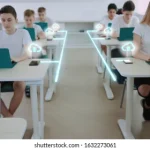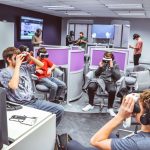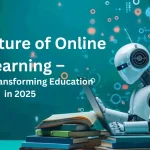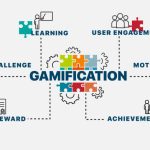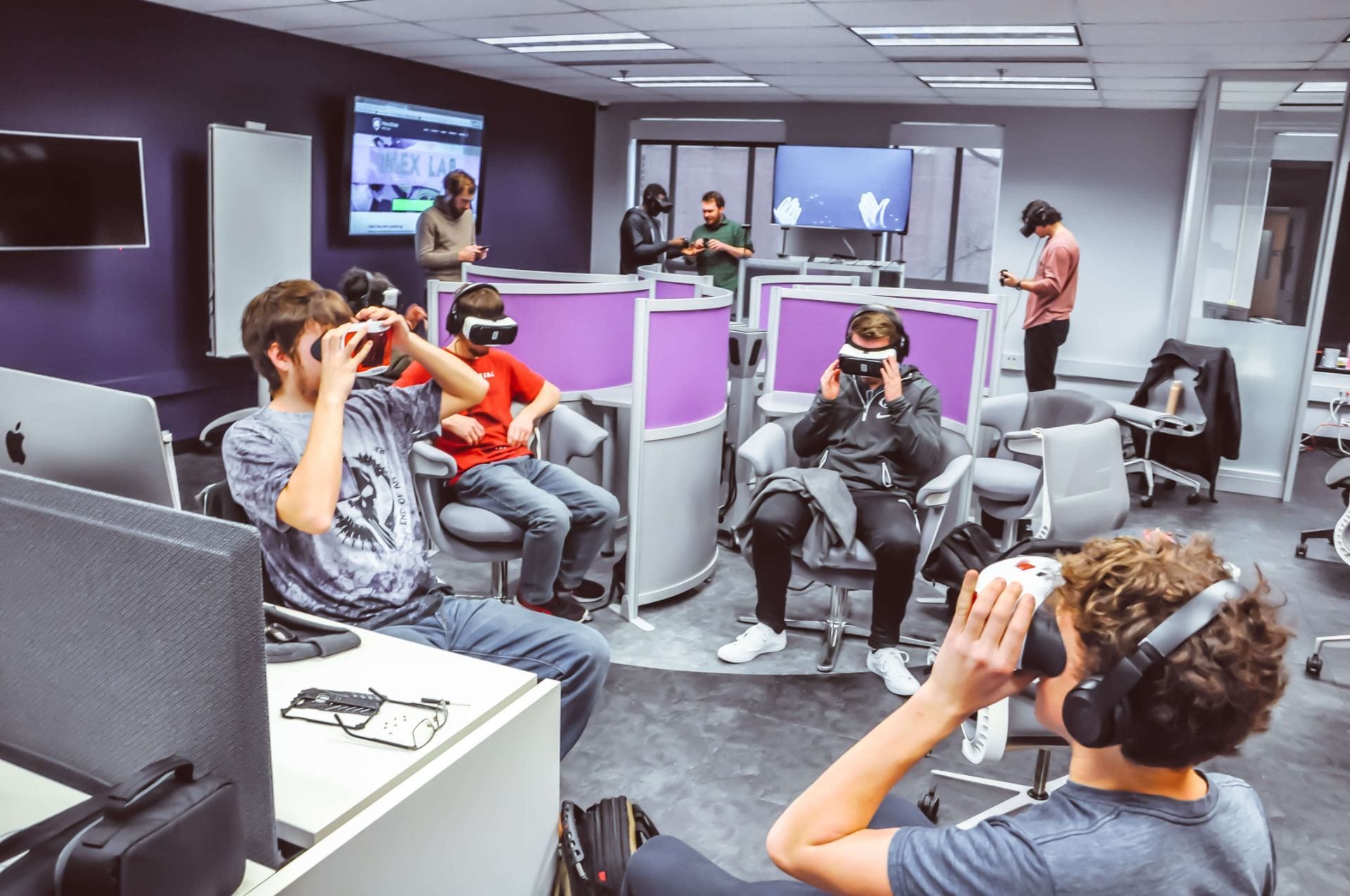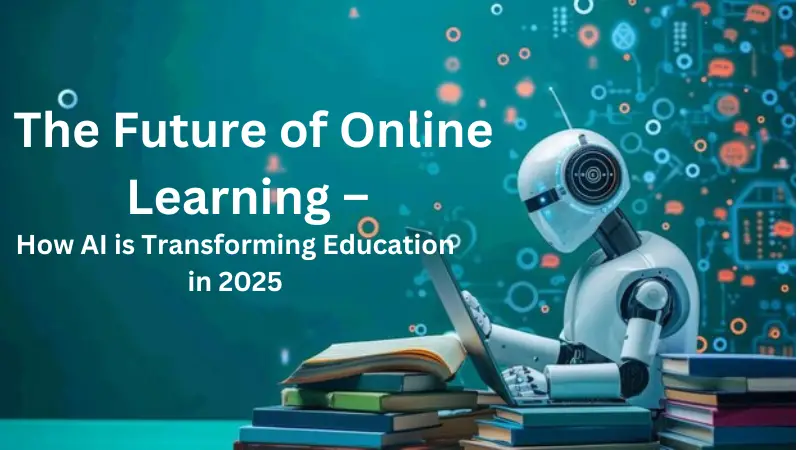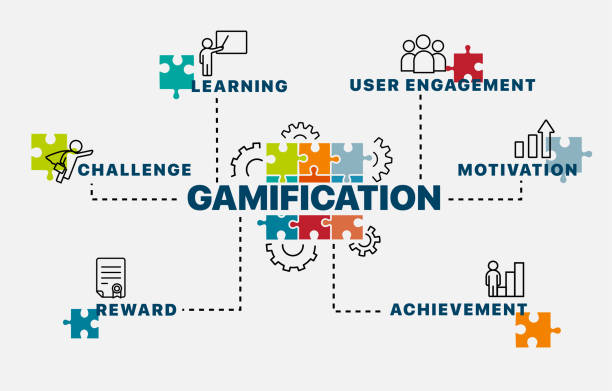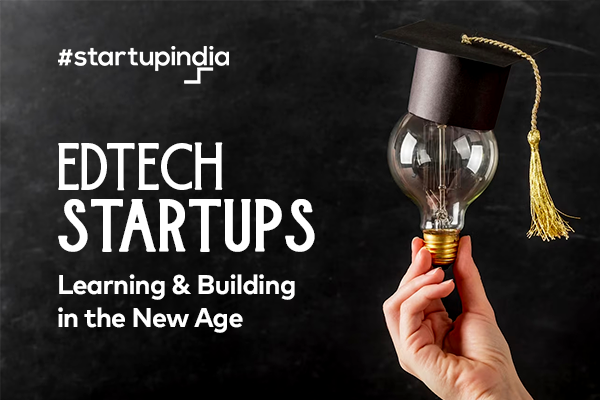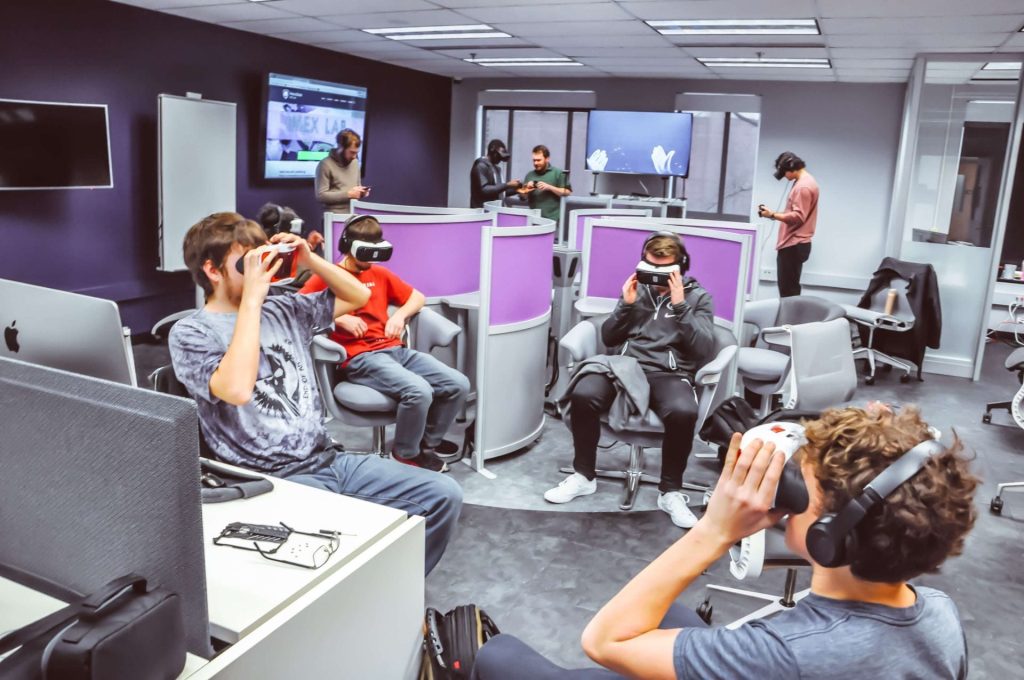
🧠 Introduction: A New Era in Education
The world of education is undergoing a profound transformation. Traditional blackboards, rigid curricula, and one-size-fits-all teaching models are giving way to dynamic, personalized, and digitally integrated learning environments.
We are stepping into a future where classrooms may not even need walls, and where artificial intelligence (AI), virtual reality (VR), and data analytics are not just support tools — they are at the core of how education happens.
Technology in education is no longer a supplement — it’s a foundational element reshaping what it means to learn, teach, and grow.
🏫 1. From Traditional to Tech-Driven: A Global Shift
Let’s take a look at what’s changing in classrooms across the globe:
🧾 Then vs. Now
| Traditional Classroom | Future Classroom |
|---|---|
| Fixed schedule, rigid pacing | Self-paced, flexible learning |
| Textbook-based learning | Digital content, interactive tools |
| Passive lectures | Active learning, flipped classrooms |
| Generic feedback | Real-time, personalized feedback |
| Limited access to resources | Open access to global knowledge |

💻 2. Key Technologies Shaping Modern Classrooms
🧑🏫 A. Learning Management Systems (LMS)
Platforms like Google Classroom, Moodle, and Canvas help educators:
- Distribute assignments
- Host discussions
- Track progress
- Manage grades
They serve as the backbone of blended and online learning models.
🤖 B. Artificial Intelligence in Education
AI is being used to:
- Create adaptive learning platforms (like DreamBox or Squirrel AI)
- Offer automated tutoring
- Provide instant feedback
- Detect learning disabilities early
Example: Carnegie Learning uses AI to adjust math lessons based on student performance in real time.
🌍 C. Virtual Reality (VR) & Augmented Reality (AR)
VR and AR are turning classrooms into immersive environments:
- VR allows students to take virtual field trips to ancient Rome or deep oceans.
- AR overlays educational content in the real world through devices.
Example: Using VR headsets, students in biology class can explore the human circulatory system from the inside.
🎮 D. Gamification
Gamified learning increases engagement, motivation, and retention.
Platforms like Kahoot!, Duolingo, and Minecraft Education Edition reward students for progress, turning learning into an interactive game.
🧠 E. Adaptive Learning Platforms
These systems analyze a student’s learning style, strengths, and weaknesses to personalize lessons. Examples include:
- Khan Academy
- Edmodo
- Smart Sparrow
🌐 3. The Rise of Hybrid and Remote Learning
COVID-19 accelerated the global adoption of online and hybrid models. Even as students return to physical classrooms, hybrid education is here to stay.
Benefits:
- Flexibility for students and teachers
- Access to education across geographical boundaries
- Continuity in emergencies or disruptions
Example: In India, platforms like BYJU’S and Vedantu became essential during the pandemic, especially in rural areas.
📊 4. Data-Driven Decision Making
Modern education systems use analytics and data dashboards to:
- Monitor attendance
- Analyze test scores
- Predict at-risk students
- Optimize curriculum
Example: ClassDojo and Edmentum track student behavior, participation, and academic trends in real-time.
🧩 5. Personalized Learning: Meeting Every Student Where They Are
Every student learns differently. Personalized learning:
- Uses technology to adapt to individual pace and style
- Encourages autonomy
- Supports students with disabilities or special needs
This ensures no one gets left behind and advanced learners aren’t held back.
⚠️ 6. Challenges of Tech-Enabled Classrooms
Despite the exciting potential, integrating tech in education brings challenges:
🔌 A. Infrastructure Gaps
Many regions lack:
- Reliable internet
- Power supply
- Access to devices
🧑🏫 B. Teacher Readiness
Teachers need:
- Digital literacy
- Training and support
- Time to adapt to new tools
🔐 C. Privacy & Ethics
Handling sensitive student data raises concerns:
- How is data stored?
- Who has access?
- How is it used?
🤝 D. Human Connection
Technology should enhance, not replace, the student-teacher relationship.
🔮 7. The Future: What Will Classrooms Look Like in 2030?
Here’s what we might expect:
- 🌐 Virtual campuses with 3D avatars and immersive labs
- 🧬 Biofeedback tools to monitor student attention and stress
- 📱 Mobile-first learning for on-the-go education
- 🤖 AI mentors guiding students through personalized pathways
- 🌎 Global classrooms, where students collaborate across borders

✅ Conclusion: Building Smarter, Kinder, More Inclusive Learning Spaces
The integration of technology in education isn’t about replacing teachers — it’s about empowering them.
It’s about creating a world where:
- Learning is lifelong
- Education is equitable
- Students become creators, not just consumers
The future of education isn’t in a textbook — it’s in our ability to innovate while keeping humanity at the heart of learning.
